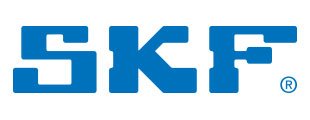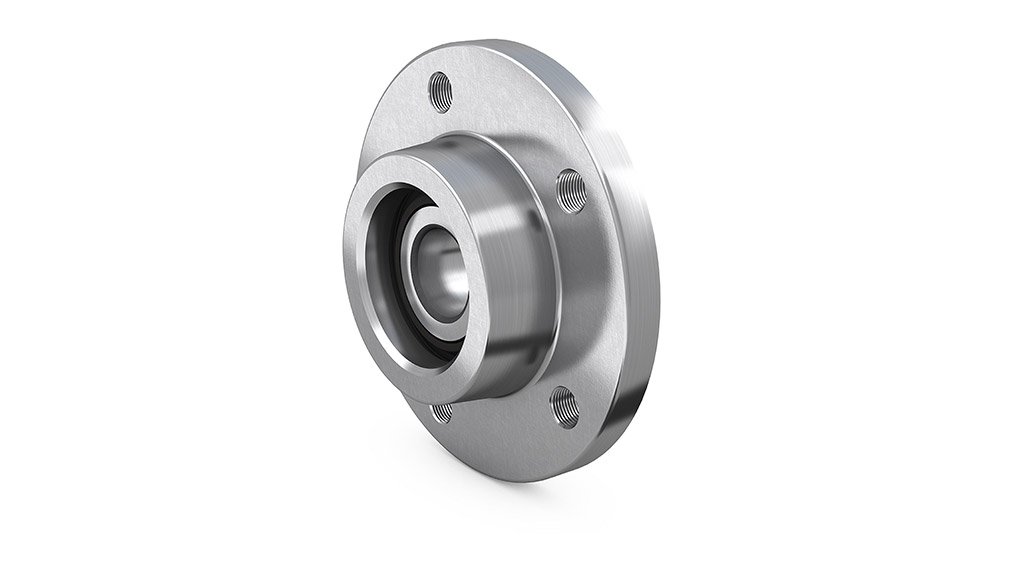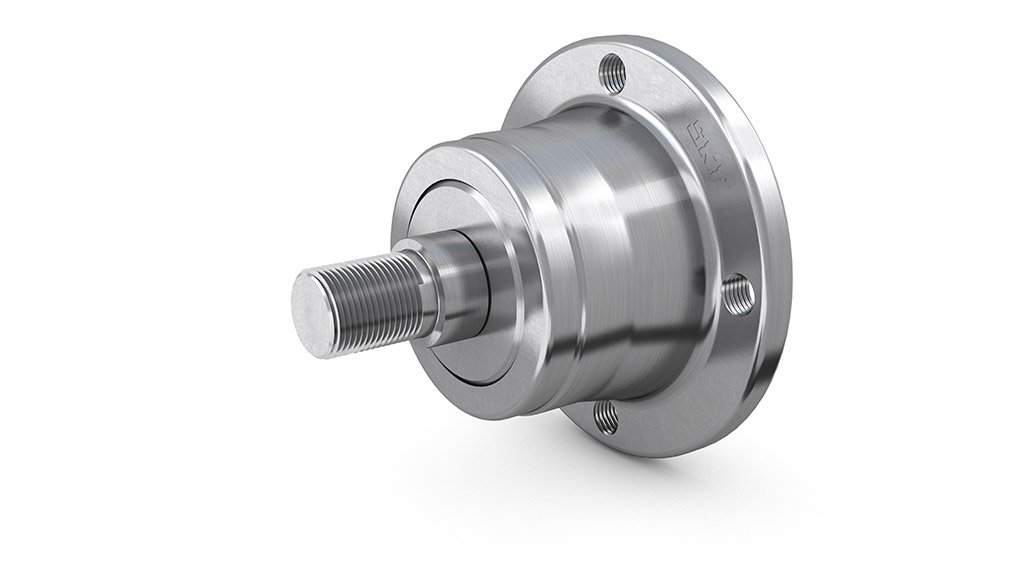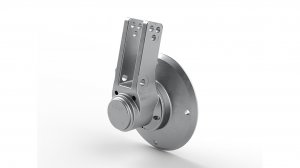Designers can now design complex bearing arrangements more quickly and easily, thanks to a simplified version of powerful simulation software from SKF.
Bearings are a fundamental part of any machine: designing the moving parts properly can mean the difference between an efficient machine and one that continually wears out and breaks down.
For this reason, bearing manufacturers are keen to help their customers get this part of the design absolutely right. This takes many forms, from providing up-to-date online catalogues – including direct support from application engineers – to developing software to help them design their products more effectively.
One way that SKF has done this is to take in-house software called SimPro Expert – which it uses to develop and design highly complex bearing arrangements – and make it far more user-friendly for customers.
SimPro Expert can be used to model an entire gearbox, in order to see the influence of one shaft on another, to determine the supporting properties of the housing, and to understand the detailed bearing behaviour for the given conditions.
“SKF application engineers have grown up with this software, but you need to be a relatively frequent user and have a good level of bearing knowledge to get the most from it,” says Francisco Serrano, Manager for Product Line Engineering Tools at SKF.
Although design engineers within OEM companies should have a solid knowledge of bearings, many may not consider themselves “experts”. They may not be designing bearing arrangements all the time, as SKF application engineers would do – with long intervals between individual bearing projects. Also, they cannot devote the time and effort to learning complex simulation software in detail.
This is one of the reasons why SKF has developed SimPro Quick – a stripped-down version of its more specialised bearing design programs. SimPro Quick has the same core as more advanced products such as SimPro Expert and SimPro Spindle – and retains many of their advanced features – but is far easier to use. While customers were demanding more advanced analysis of their bearing designs, they wanted to be able to do it in an intuitive way, using tools that were not excessively complex. SimPro Quick is a single-shaft bearing simulation tool that was developed to quickly evaluate the design of bearing arrangements and their field performance – based on relevant application requirements and conditions.
Catalogue link
A key feature of the software is that it ties in with SKF’s new online Roller Bearing Catalogue – which is a live database of products. This means that anything incorporated into a design will be a current product.
“If we were still using a paper catalogue, it would go out of date on the day it was printed,” says Serrano. “Now, with the software, it’s live – so any product that is selected will be available and up to date.” A fundamental part of a design engineer’s job is to design to a budget. The link with the live database not only gives the latest products, but also allows them to be selected according to specific criteria – such as whether it has high availability (and is therefore more cost efficient).
“A design engineer might come up with four different designs, then ask which one is the most economic – as well as choosing based on key technical attributes,” he says.
Model building
SimPro Quick builds a complete model in three steps: components; boundaries; and lubrication and clearance.
In the first step, the model is built using common components such as bearings, springs and spacers. These are all incorporated into the model by ‘dragging-and-dropping’ them onto the shaft. Bearing types can be searched based on dimension, designation as well as whether it is a ‘popular item’. Other elements such as gears can also be ‘dragged’ onto the shaft.
The second stage is to set applicable boundary conditions. Factors such as shaft rotational speed, radial and axial forces and gravity can be added to the model. Force, power input and moment are all applied using ‘drag-and-drop’, while other boundaries are added with an icon click.
The third part is to apply the lubrication and fit conditions. SimPro Quick allows the user to define the lubrication method and type, oil viscosity and contamination level. All lubrication properties affect outputs, such as relubrication interval for greases and bearing friction.
Once these steps have been completed, SimPro Quick carries out an analysis of the model. Here, users can run a single data set analysis (single analysis) or several conditions at once (a load cycle analysis) based on defined operating boundaries. A time weight portion can be applied to each step, which is useful when determining bearing life over several different operating conditions.
The output of the analysis includes data tables and visuals that enable the user to create a preferred template set-up for the report. These might show factors such as bearing loads, operating internal clearances, friction, misalignment, deflection and SKF rating life. Other features include visual plots and animations, including a shaft deflection plot.
Real example
In one case, a manufacturer of high-end textile machinery used SimPro Quick to increase the speed and accuracy with which it designed bearing arrangements. Here, running accuracy of the bearings is critical to the overall performance. Using SKF SimPro Quick helped the company to speed up its design process, while also evaluating an optimal bearing arrangement, without external help.
This was due in part to the user friendliness of the software, combined with its advanced analysis capabilities. An integrated e-Learning module allowed the user to quickly start modelling relevant bearing arrangements.
Next steps
SimPro Quick was first launched towards the end of 2017, and has had a good response, says Serrano. It is now being rolled out more extensively. There are two ways to get hold of it: one is to contact your local SKF contact to request a licence; the other is to register through SKF’s website – after which the request will be passed on to a local SKF representative.
“If you are known to SKF, you will then be able to download SimPro Quick from a link. And if we don’t know the requester, we would very much like to,” says Serrano.
The program has an embedded ‘e-Learning’ module within it – making an intuitive piece of software even easier to understand.
For now, all modelling is done within the program itself – SKF has added a CAD import functionality, allowing users to import a CAD design into SimPro Quick.
“We will develop the tool in the direction of what users want,” Serrano concludes. “This software is for all design engineers working with bearing arrangements.”
Machine designers know how crucial it is to get the design of their bearing arrangements absolutely correct, but without having to master complex software programs. SimPro Quick has proved to be an efficient way of doing this – combining an intuitive interface with powerful simulation to produce designs that can be validated quickly and effectively.










